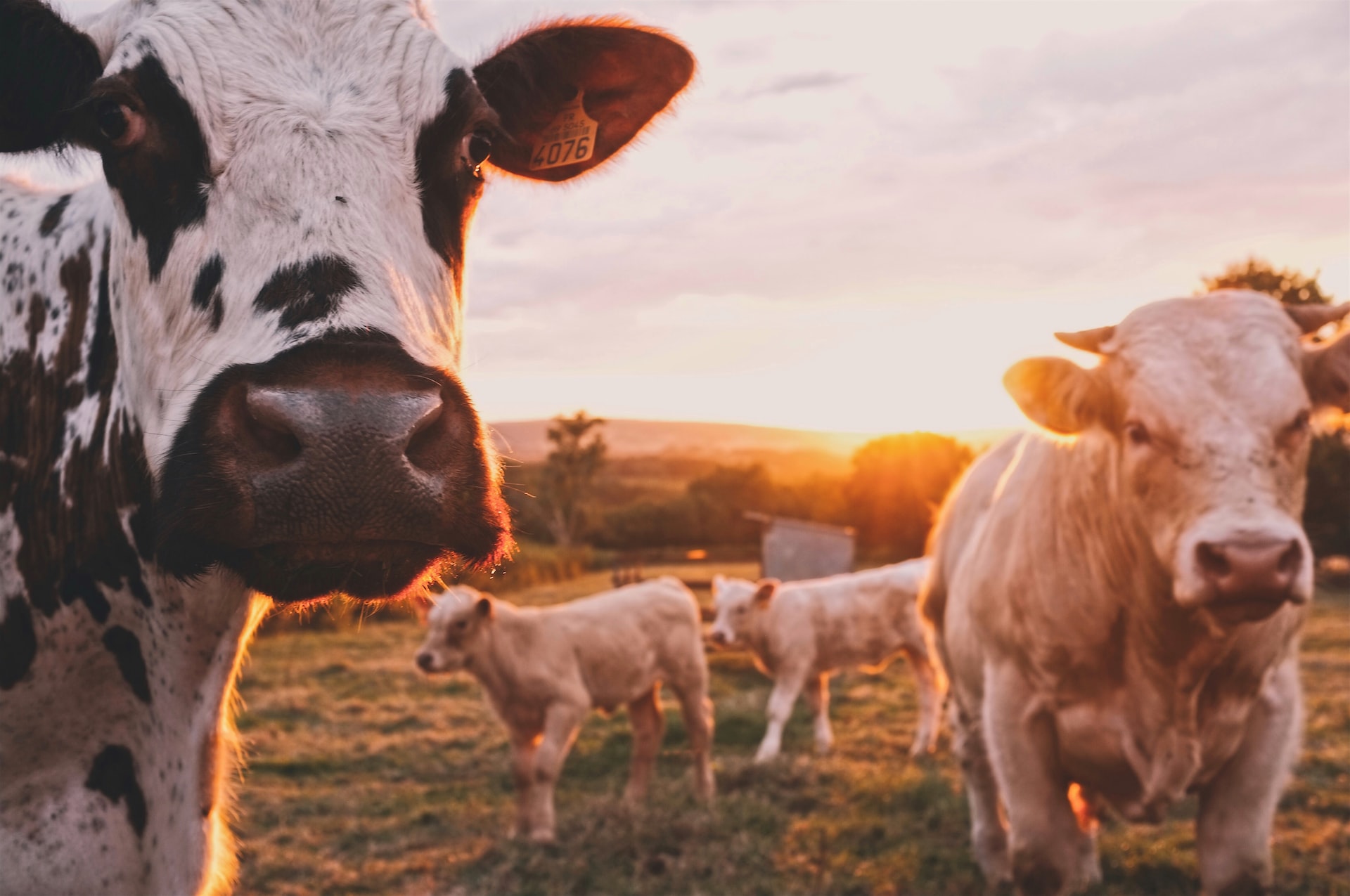What the new EU directive on industrial emissions provides for and why Italy says no

The Council of Environment Ministers has approved the negotiation text of the new directive on industrial emissions. However, Italy, contesting the thresholds set for cattle farms, voted against. What does it mean and what happens now? Facts, numbers and comments
Yesterday, during the Council of EU Environment Ministers, Italy, with Minister Gilberto Pichetto Fratin, was the only one to vote against the negotiating text of the new European directive on industrial emissions because the established thresholds would damage cattle farms .
Indeed, the European Commission's proposal envisages the revision of the current directive on industrial emissions into the air, water and waste discharges, which also includes limits on emissions harmful to the environment and health by of intensive farming.
Furthermore, for the first time, cattle, which are the largest source of methane in the EU agricultural sector, would be included, and the number of poultry and pig farms affected would increase from the current 20,000.
WHAT THE NEW DIRECTIVE PROVIDES
The Commission's original proposal envisaged that the new directive would apply to all factory farms with more than 150 live stock units, which equates to 150 units for bovine animals, with proportionally higher thresholds for smaller animals. According to Reuters , this proposal would have affected around 184,000 of Europe's largest agricultural companies.
The compromise reached yesterday, however, greatly curtailed these ambitions. The threshold for applying the directive to farms has in fact been set at a number exceeding 350 livestock units for cattle and pigs, 280 for poultry and 350 for mixed farms.
Extensive farming would also be excluded; the new rules would then be applied progressively starting with the largest farms.
If adopted, the Commission's proposal would ensure that the new limits cover farms responsible for around 60% of ammonia emissions and 43% of methane emissions in the EU.
The European Parliament is expected to confirm its negotiating position in the coming months.
WHO IS FOR AND WHO IS AGAINST
Denmark, Finland, Ireland, Luxembourg and the Netherlands agreed to the final compromise but complained about the thresholds for livestock, 'which greatly reduced the environmental ambitions of the directive'.
France and Poland, despite expressing criticisms, also supported the text.
Bulgaria, the only country to abstain, pushed along with Germany, Poland and Italy, the only one to have voted against, to include fewer farms, deeming the Commission's proposal unrealistic and burdensome for farmers.
THE COMMENT OF MINISTER PICHETTO FRATIN
Pichetto Fratin said he "appreciates and thanks" the Swedish rotating presidency "for the effort that has been made, but we cannot accept the text as it is presented and modified, in particular for the livestock sector as regards the part of cattle farms, as the thresholds (which limit polluting emissions, ed ) are not acceptable to us. We are confident in the subsequent passages of the 'trilogue' (the subsequent trilogue negotiations with the Commission and the European Parliament, ed ) but we maintain our opposition”.
THE COMMENT OF MINISTER LOLLOBRIGIDA
Even the owner of the Ministry of Agriculture, Food Sovereignty and Forestry, Francesco Lollobrigida agreed with Pichetto Fratin: “The thresholds indicated for cattle risk leading to the desertification of a primary production sector in Europe. These initiatives based on ideological choices risk leading to increases in breeding costs, to the advantage of competition from non-EU countries which will not have the same constraints".
THE COMMENTS OF THE AGRICULTURAL ASSOCIATIONS
United on the no front all the Italian agricultural associations. Massimiliano Giansanti, president of Confagricoltura, declared that yesterday's vote "doesn't go in the desired direction" and promises to work together with the European Parliament and Copa Cogeca so that, in the discussion phase, we "manage to change the general orientation" and to "reach a final decision in favor of businesses and the livestock sector".
The president of Coldiretti, Ettore Prandini, defines the directive as a "killer of stables" because it "equates farms to factories, pushing them to close". He argues that if the text becomes effective "it could lead to the loss of jobs with the closure of many small and medium-sized farms, undermining food sovereignty".
Finally, according to Carlo Piccinini, president of Fedagripesca, “the regulation of the livestock sector through the proposed directive on industrial emissions is excessive and unjustified. The Commission has always defended itself from criticism by stating that only 13% of European commercial farms will be covered by the proposal. Instead, taking into consideration the most recent data, it passes, in particular for poultry, from 15% to 58% of the EU farms concerned and for pig farms from 18% to 61%”.
DUTCH FARMERS ALREADY ARE SOUNDING
Meanwhile, in the Netherlands it has already become a topic of confrontation and social tension since the BoerBurgerBeweging party (Movement of farmers and citizens), born in 2019, emerged as the big winner in the provincial elections held last Wednesday.
Riding a wave of protests against the government's environmental policies, the farmer-led party is fighting precisely against cuts in nitrogen emissions and, according to analysts quoted by Reuters , could even "severely weaken the government" and "herald a backlash at European level against the green transition”.
This is a machine translation from Italian language of a post published on Start Magazine at the URL https://www.startmag.it/sanita/cosa-prevede-la-nuova-direttiva-ue-sulle-emissioni-industriali-e-perche-litalia-dice-no/ on Fri, 17 Mar 2023 13:22:44 +0000.
